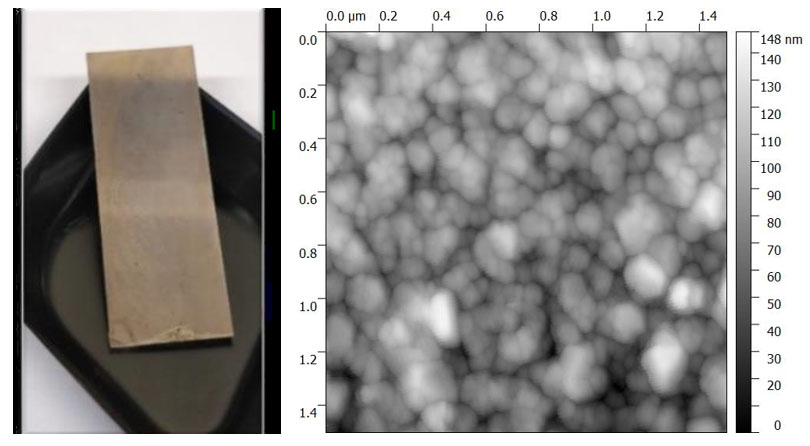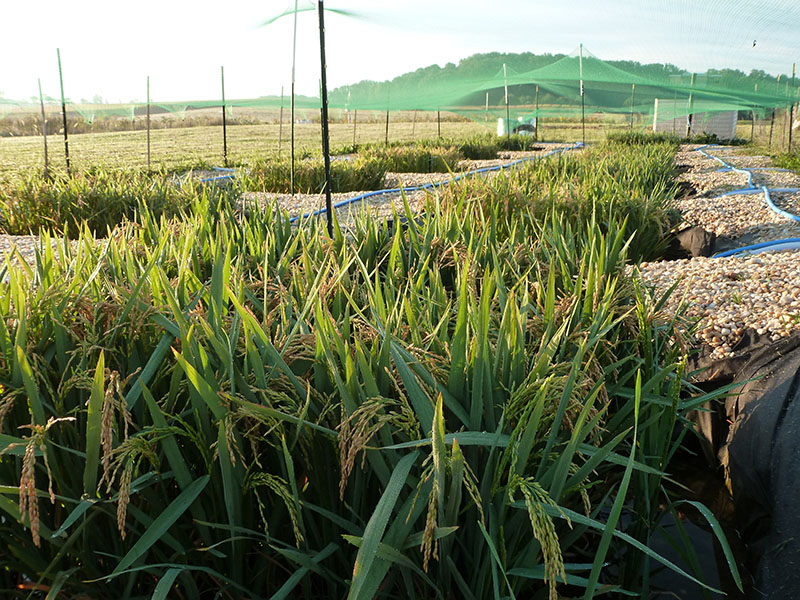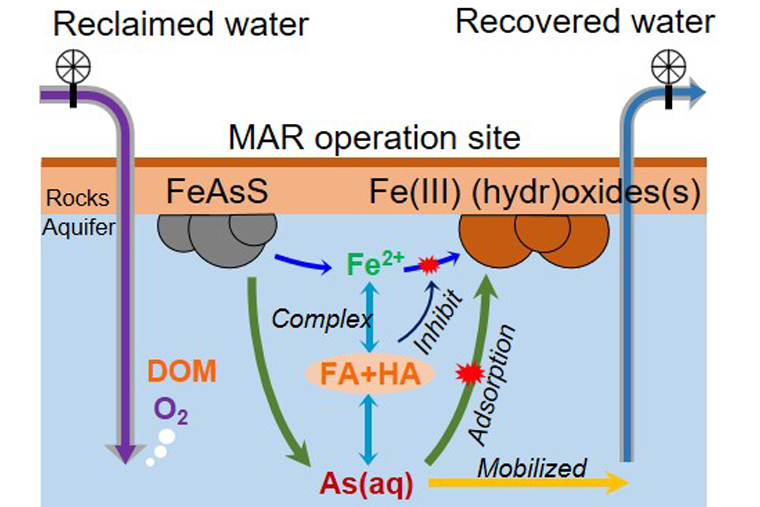Once Sargassum deluges beaches, removing, disposing and repurposing the seaweed presents many logistical and economic challenges. Cleaning up these huge piles of annoying seaweed while protecting these critical habitats at the same time is a precarious struggle.
Tag: Arsenic
Filters, Coupled with Digital Health Program, Reduced Arsenic Levels by Nearly Half in Study Participants in Households Relying on Well Water in American Indian Communities
A community-led water-testing project made up of households that rely on private well water with high arsenic levels saw on average a 47 percent drop in participants’ urinary arsenic levels after filters were installed and a digital health program was implemented, according to a new study led by researchers at the Johns Hopkins Bloomberg School of Public Health. Over the two-year study period, participating households received phone calls to encourage use of the filter and a reminder to replace the filter cartridge.
Study Details Toxic Elements Found in Stranded Whales, Dolphins Over 15 Years
Researchers evaluated the prevalence, concentration and tissue distribution of essential and non-essential trace elements, including heavy metal toxicants in tissue (blubber, kidney, liver, skeletal muscle, skin) and fecal samples. Findings reveal how toxicant levels relate to their sex, breed, age and other demographic factors.

Enhanced Arsenic Detection in Water, Food, Soil
In Journal of Applied Physics, a team of scientists fabricate sensitive nanostructured silver surfaces to detect arsenic, even at very low concentrations. The sensors make use of surface-enhanced Raman spectroscopy: As a molecule containing arsenic adheres to the surface, it’s hit with a laser and the arsenic compound scatters the laser light, creating an identifiable signature. The technique is a departure from existing methods, which are time-consuming, expensive, and not ideally suited to on-site field assays.
Toxic metals in baby food: Researchers find ‘concerning’ gaps in U.S. regulations
U.S. is lacking in the strict regulations for commercially produced baby foods that parents might expect, according to research team that outlined risk prevention strategies for parents and health care professionals.
Mangroves: environmental guardians of our coastline
They are the salt-tolerant shrubs that thrive in the toughest of conditions, but according to new UniSA research, mangroves are also avid coastal protectors, capable of surviving in heavy metal contaminated environments.
Adsorbent material filters toxic chromium, arsenic from water supplies
Researchers at the Department of Energy’s Oak Ridge National Laboratory are tackling a global water challenge with a unique material designed to target not one, but two toxic, heavy metal pollutants for simultaneous removal.
Lupin and Arsenic: research on soil decontamination by an exceptional plant
Researchers at the University of Montreal and the Montreal Botanical Garden have discovered a new chemical mechanism used by roots of white lupin to clean up arsenic-contaminated soils, such as those from mining operations.
Epitranscriptomics, Xenobiotic Nuclear Receptors, Arsenic Exposure, and More Featured in May 2021 Toxicological Sciences
Research on biomarkers, carcinogenesis, regulatory science, and more is available in the latest issue of Toxicological Sciences.

Some food contamination starts in the soil
Rice husk residue can prevent uptake of harmful elements in rice
How Did Red Algae Survive in Extreme Environments?
Red algae have persisted in hot springs and surrounding rocks for about 1 billion years. Now, a Rutgers-led team will investigate why these single-celled extremists have thrived in harsh environments – research that could benefit environmental cleanups and the production of biofuels and other products.
Translating soil chemistry science to improve human health
Contaminated soils – and foods – influenced by soil factors
Agricultural Toxicity, Hepatic Effects of Phenobarbital, and More Featured in October 2020 Toxicological Sciences
Toxicological Sciences features leading research biotransformation, toxicokinetics, and pharmacokinetics; computational toxicology and databases; mixtures toxicology; and more in the October 2020 issue.
The Gut Microbiome, CRISPR/Cas-9, and More Featured in August 2020 Toxicological Sciences
The August 2020 issue of Toxicological Sciences includes exciting advances in toxicology research. The edition features pieces on biotransformation, toxicokinetics, and pharmacokinetics; developmental and reproductive toxicology; and more.

Natural organic matter influences arsenic release into groundwater
Microbes in groundwater release arsenic from sediments, and organic matter helps fuel this reaction. Now, researchers reporting in ACS’ Environmental Science & Technology have discovered that the type of natural organic matter (NOM) influences the rate and level of arsenic release.

Toward a smarter way of recharging the aquifer
Researchers from Washington University in St. Louis have solved a mystery: How did arsenic show up in aquifer water that had been triple purified? Dissolved organic compounds.
Natural Toxins in the Global Food Supply Continue to Threaten the Health of Underprivileged Communities
Naturally occurring chemicals in the global food supply are known to pose a burden on worldwide health. New studies have found that a certain foodborne toxin, in addition to its known health effects,, is also linked to vaccine resistance, and for the first time the global burden of disease from foodborne arsenic, lead, cadmium, and methyl mercury has been quantified.. The Society for Risk Analysis (SRA) will present new studies as part of its Global Disease Burden Caused by Foodborne Chemicals and Toxins symposium on Monday, Dec. 9 from 1:30-3:00 p.m. as part of its 2019 Annual Meeting at the Crystal Gateway Marriott in Arlington, Virginia. This symposium will provide updates to a 2015 World Health Organization (WHO) publication which analyzed the disease burdens caused by these toxins.